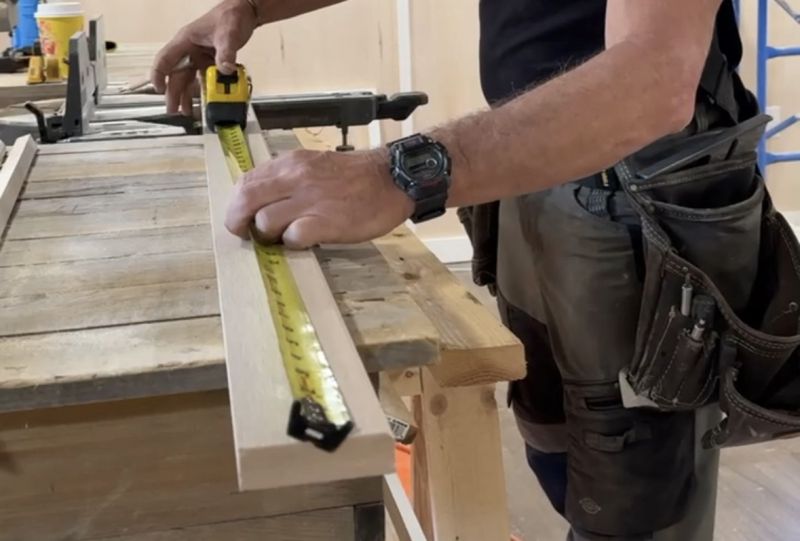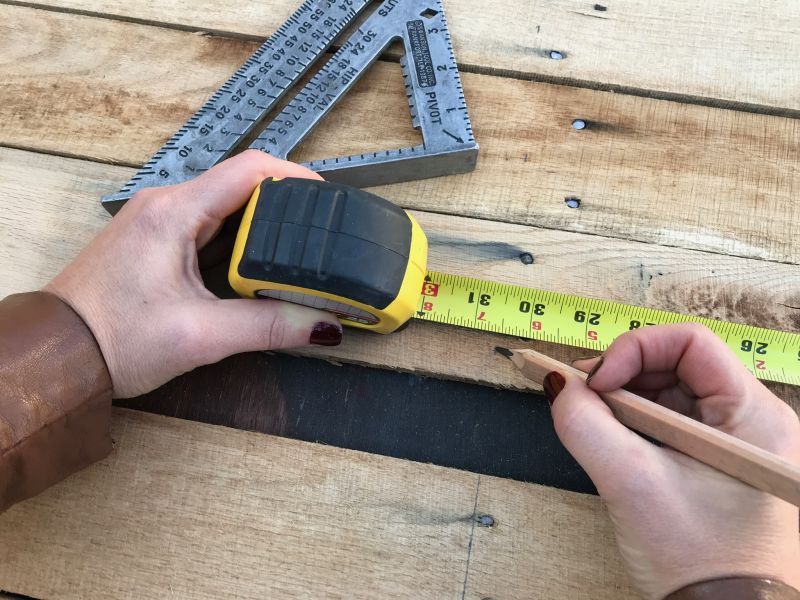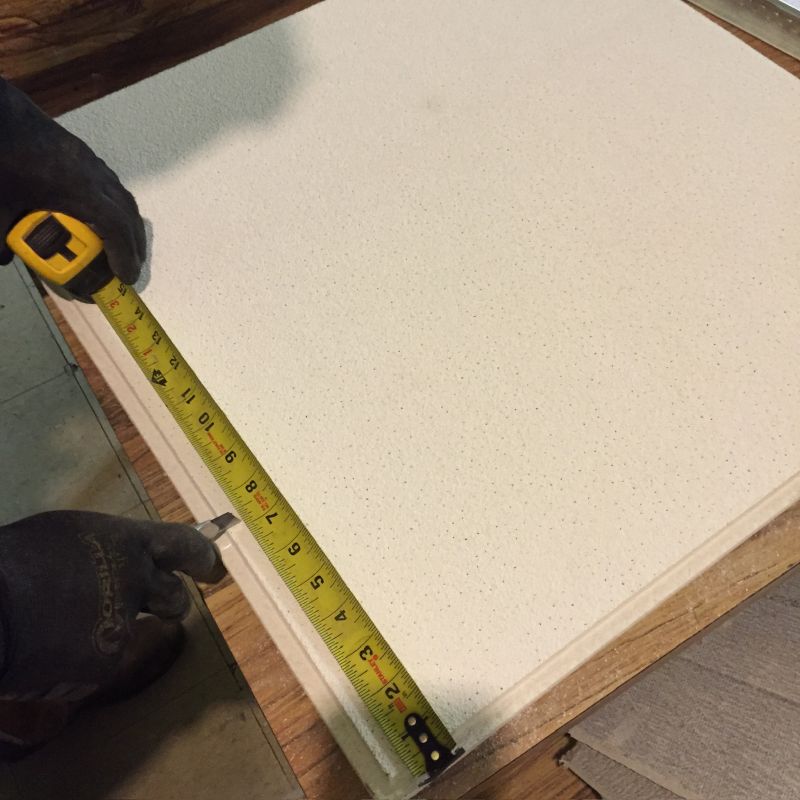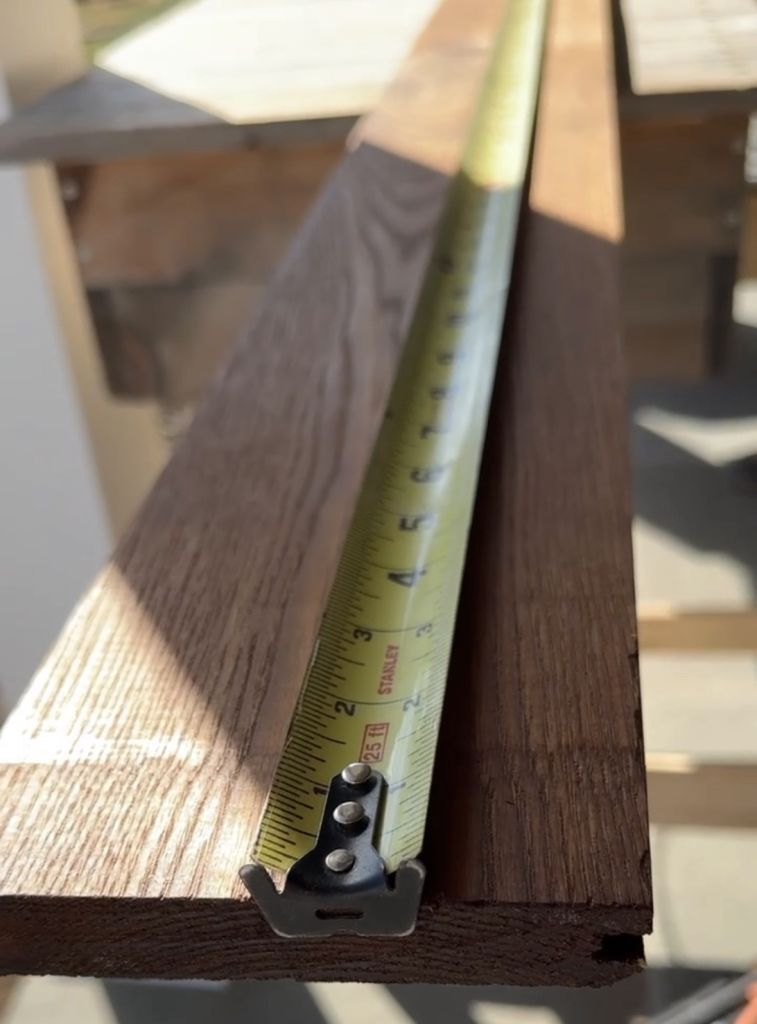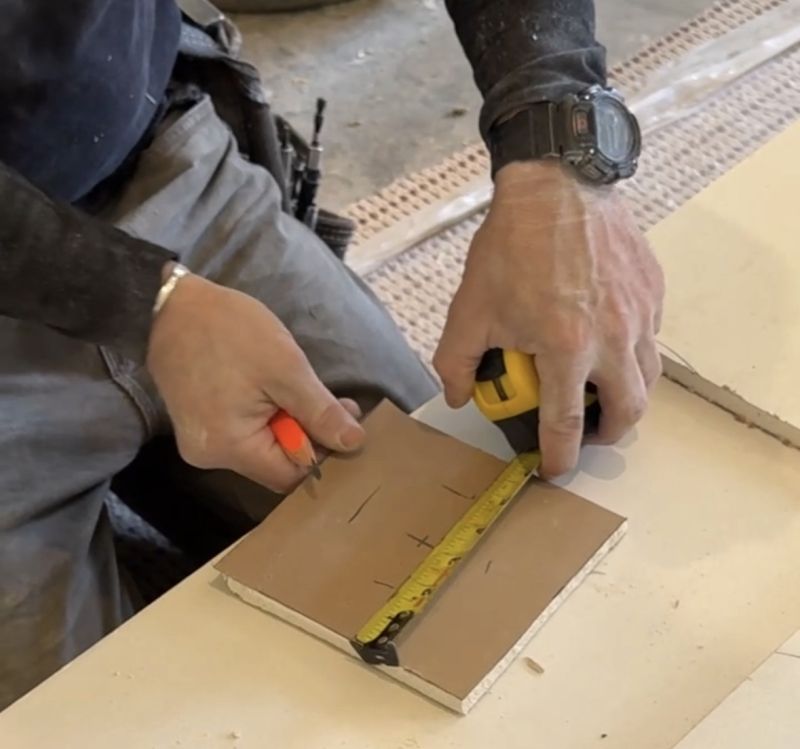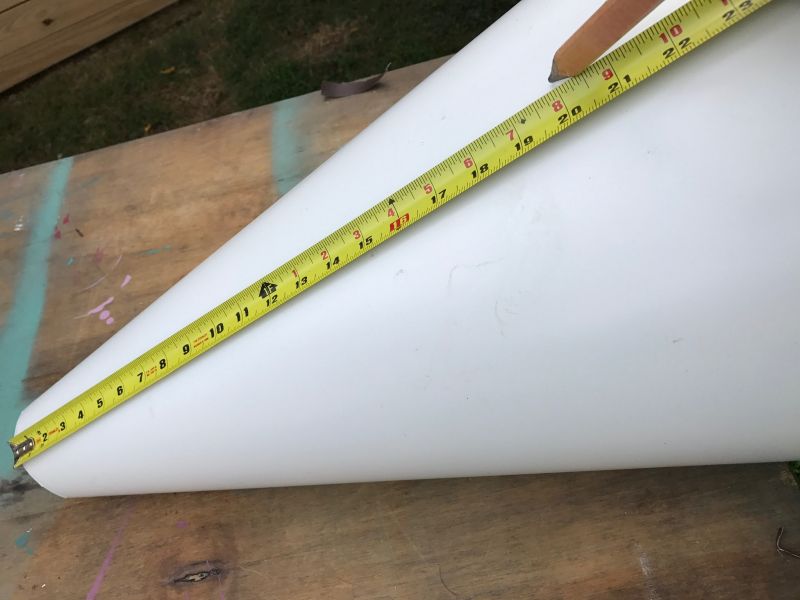Of the score of tape measures I’ve tried over the years, the Stanley FatMax 25-foot tape measure is not just the best tape measure I’ve used, it’s the best by a hundred miles.
In this hands-on tool review I will cover:
- BS marketing claims
- Tape measures I hate or that broke way too soon
- How I used the Stanley FatMax tape measure
- Why it’s an elegant design
- Tape measure maintenance tips
The Tester
The tool tester? That’s me, Mark. I’m a remodeling contractor with umpteen years experience building everything from the world’s greatest playground on Extreme Makeover: Home Edition to building a gate for a deck.
We also build decks, remodel kitchens, install fences, and renovate basements for clients. We measure a lot and for us a 25-foot tape measure has been in my hip pocket since forever.
At first, it was a Stanley 25-foot PowerLock. I’d say–it’s an old tool design–even at this remove, it’s the Second Best Tape Measure.
The Tool
The Stanley FatMax 25-foot tape measure is the best tape measure by a hundred miles.
Marketing Claims
Gawwwd, marketing claims are tedious. I also get that businesses need to sell products. But the ALLCAPS screaming alongside blunt force word choice is just exhausting. Using your tape measure with ALLCAPS power-word claims doesn’t make me feel like I’m more macho. It just makes me feel like I’m being yelled at.
Stand-Out–Unless it’s 2-feet, who cares?
One big claim marketing makes about tape measures is how far out you can extend them before the blade folds, called “stand-out”.
> We hook most of our measurements anyway.
> If the tape stands out 3-miles, who can hook anything anyway? And why would you need to do this? Except for the silly tape measure duel we did for a video.
Robust/Big Hook. Rubbish.
> You know what makes these tape measure hooks a disaster? A breeze. A #$%^&* zephyr catches them and the next thing you know, the blade has rolled over.
> Sometimes called “double-sided” that second side hooks on all kinds of stuff all the time you don’t want it to hook on. Next.
Any other feature besides Out, Lock, and Back. Gimmick.
> There’s a Klein tape measure that has a “finger brake” button on the bottom of the tape. You know what the Stanley FatMax has? Nothing. Just use your finger.
> Lufkin/Crescent sent us a bunch of tapes whose features overlap in my memory. I’ve blacked out hyperbolic product names like CommandForceX and whatnot. It’s a tape measure, not my ego. Let’s calm down in the marketing department, OK. One blade broke months in. With the Omega or whatever Force they also sent, I found out why: Recoil broke the sound barrier. The double-sided hooks were so big, the Bernoulli Principle almost applied.
Reverse Neon/Blackout, wider blades, double-sided markings. Uh…
> I can see the Stanley FatMax just fine. I think everybody can. I’m not saying I’m everybody and not to try to innovate, but I like the black on yellow.
> Wider blades mean wider tool bodies means we’re talking about stand-out again which means the thing doesn’t fit in my pouch which means so I still don’t care.
> I’m sure somebody needs to read the underside of a tape, but it’s not me.
The Test
There’s nowhere this tape hasn’t been. It’s been torture tested in rainy, wet, muddy conditions. Measured everything from framing to molding to deck and fence post depth.
If I have to summarize my review–and I’m being very careful here not to confuse comfort and familiarity with performance–it hits my highest mark: It does the most the best.
I had more to say here than I thought. OK. The results.
Friction – Solution.
I define “friction” here as any extra stuff I need to deal with–clunky hooks, oversized bodies, blade locks that don’t lock, ridiculous belt hooks, and dumb features. The Stanley FatMax 25 has ruthlessly rooted as much friction as possible out like Reverend McLean teaches writing in A River Runs Through It.
In The Belt.
It fits. It’s a no-look grab. And it slips back in just as easily. Easier, because I can drop it in there. And while in there, it doesn’t flop around. It’s a fine balance.
I’ve seen so many guys–and they’re guys–with a flotilla of wasted energy fiddling around for shi+ in their belts that are just garbage cans around their waists. It further reminds me that the Lone Wolf model is the exact right model for me.
A huge component of this business is won and lost on minutes and seconds. If it takes me 2 seconds instead of 4 seconds to grab my tape and it adds up incrementally to a large amount of time over a day, week, month. Now, apply that thinking to everything.
On The Board.
After not having to deal with a tape that’s designed to look good on an end cap in a big box that I buy because the last one died, this is where the FatMax shines.
I can see the markings. I’m not paying for markings I can’t see. There’s a small double hook and I’ve used it a couple times, Fine. It’s not the boat anchor the other tapes I’ve used have.
In The Hand.
Like I said above, there’s nothing extra on the best tape measure. Round on top accepts the palm. Square-ish on the bottom gets it back in the pouch.
Belt Clip.
Sure, I use it from time to time. But as large fence builds becomes part of our business, I don’t need all my toolbelt tools. However, I need a tape measure that’s not in my tool pouch but is on my actual pants belt. The FatMax’s works great. Note: The best pants-belt on earth for anybody who wears nail bags is the ArborWear CQR.
For the work we do and how we work, the Stanley FatMax 25-foot tape measure is the best tape measure by far.
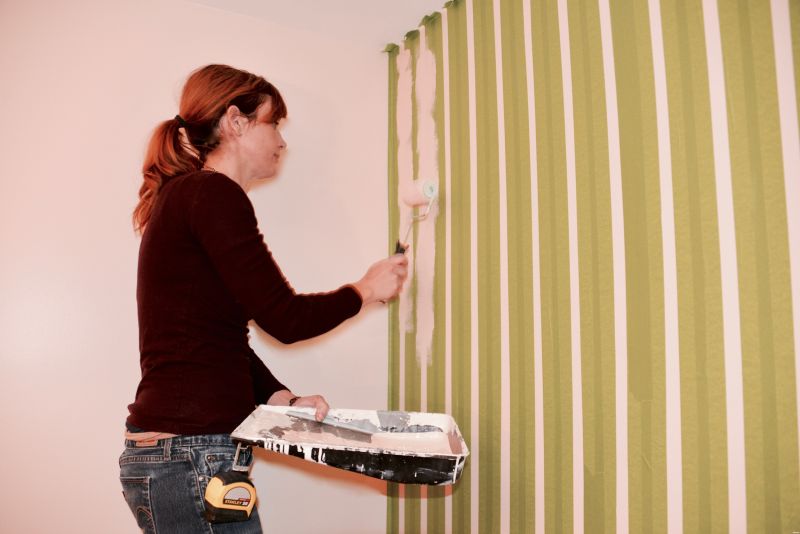
Tape Measure Tips
Just doing these few things as needed will add all kinds of life and performance to your tape and make measuring easier.
Water
Working in wet conditions and got water on the blade? Pull the tape all the way out. Get a clean rag or one of those blue shop towels (I love these things; not even sure why) and simply wipe the blade down
Sticky, Slow, Rusty
Again, pull the blade out. Blow some WD-40 into the tool body. Recoil. Rinse and repeat that a few times
Don’t force it.
I guess if I have one complaint about the FatMax, it’s that it really doesn’t want to go out to 25 feet if it doesn’t have to. It’s an easy problem to solve, but if you have to go out 25 feet, don’t force the tool
Burn an inch.
When measuring to the short point of a miter, there’s nothing to hook onto. So, forget hooking on to anything. Hold the tape at 1-inch on the short point and pull the tape out. When you get it to the measurement desired, say 72 inches, you’ll be reading 73 inches on the tape. Double check that the 1 is still aligned and make your mark
Don’t burn an inch.
If you are measuring on a work table–-you should have some kind of work table that’s 8-feet long for about a million reasons; this is just one of them–-align that miter short point to the edge of the table then hook the tape to the table.

